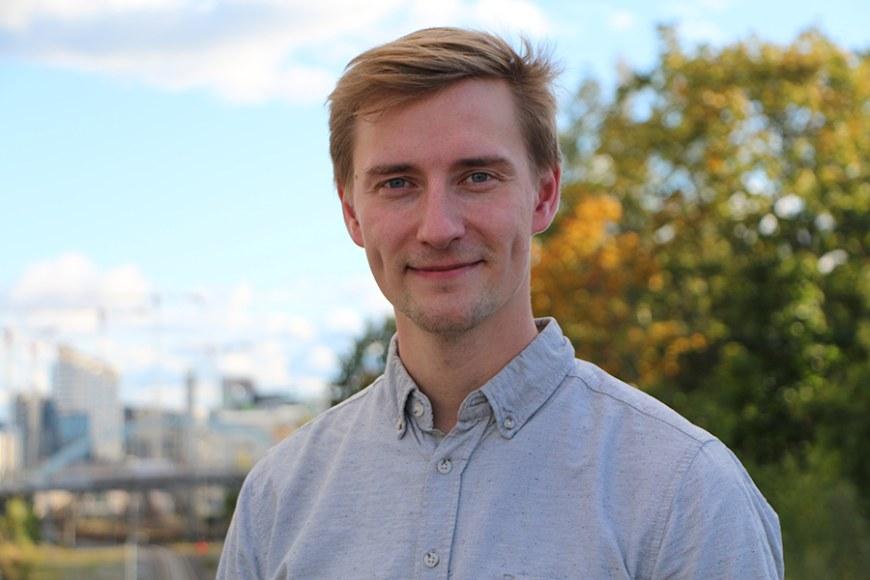
Neuromodulation therapies in the treatment of epilepsy are under substantial research, and the mechanisms of actions and details of function are still not fully understood.
The purpose of the doctoral dissertation study of Toni Kulju is to elucidate the functions of VNS therapy including the efficacy and the details concerning the automatic stimulation (responsive VNS, rVNS) properties. Other goals are to assess the power usage aspects of the treatment with different settings and after initiating automatic stimulation mode, and to gain a better understanding of the behavior of responsive stimulations in epilepsy patients.
Altogether 42 patients with refractory epilepsy were included in four studies. Follow-up time was highly variant, from 13 days to more than 11 years. The clinical and stimulation-related data were analyzed with SPSS, Excel, and Matlab softwares. Kulju used nonparametric statistical tests and elucidated the results with illustrations.
In the first study it was found that in 90% of the patients the response to ANT-DBS (deep brain stimulation of the anterior nucleus of the thalamus) therapy was similar to VNS therapy (progressively better, partial response, no response) in patients with refractory epilepsy.
In the second study, it was found the initiation of automatic stimulation mode leading to better seizure control in 36.4 % of the patients. Therefore the researchers were able to alter other stimulation settings, which led to significantly reduced battery usage.
In the third study, it was confirmed the altered stimulator settings affecting the number of stimulations and total charge delivered in the patient, especially when altering the OFF-time and the autostimulation threshold, and a possible difference between the function of rVNS in the temporal lobe and other epilepsy patients.
In the fourth study, it was found circadian patterns in automatic stimulations in most of the patients resembling the pattern of cortisol secretion. The results support the finding that response to VNS therapy improves over time.
Vagus nerve stimulation is a promising treatment option for patients with refractory epilepsy. The automatic stimulation mode of VNS offers better seizure control with possibly lesser power usage than the older models. The responses to VNS and ANT-DBS therapies show similarities. There is circadian rhythmicity in the autostimulation activations in rVNS therapy. Shortening the OFFtime and lowering the threshold rate leads to a larger number of stimulations delivered.
The doctoral dissertation of M.D. Toni Kulju in the field of medicine titled VNS Therapy for Refractory Epilepsy will be publicly examined in the Faculty of Medicine and Health Technology at Tampere University on Friday 2 October 2020 starting at 12 o'clock in Arvo building Jarmo Visakorpi auditorium, Arvo Ylpön katu 34. The Opponent will be docent Tapani Keränen from University of Eastern Finland. The Custos will be Professor Jukka Peltola.
The dissertation is available online at
http://urn.fi/URN:ISBN:978-952-03-1687-7
Photo: Ann-Sophie Rudolph
